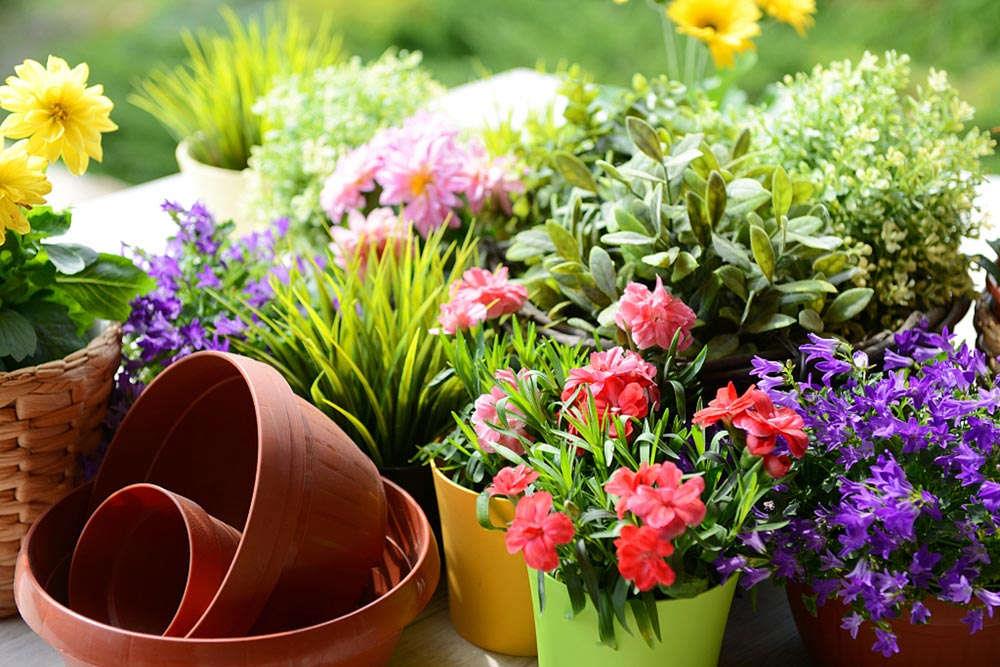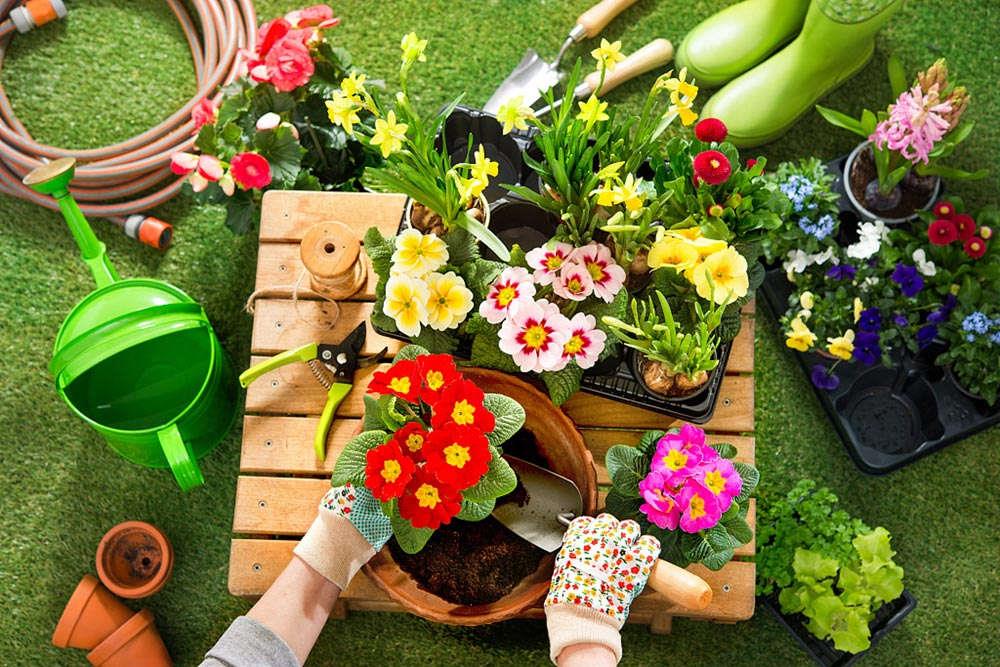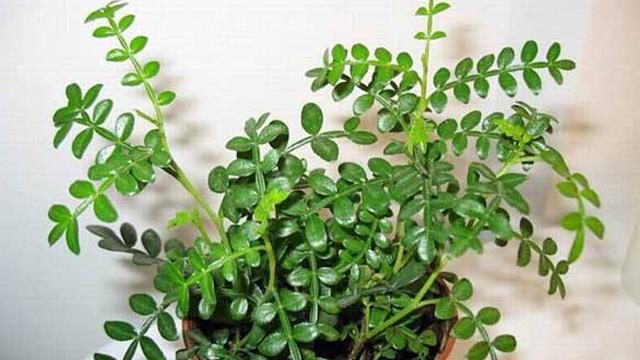How to breed Chunlan
Last Update :2024.11.11
Article Catalog
Orchid seedlings: For breeding spring orchids, you can choose orchid seedlings that have been growing in the transitional garden for one year. Soil: Clean, fine-grained soil should be chosen. Fertilization: It does not like heavy fertilizers, just apply a light fertilizer. Watering: The temperature is higher in summer, but watering should not be carried out uncontrollably. Appropriate water deduction is required. The weather is dry in winter, so you need to pay attention to moisturizing.

Environmental requirements
Environmental requirements
Chunlan prefers a cool, half-shade and half-sun environment. It does not require much fertilizer, but has high requirements for moisture. It grows well in an environment with a large temperature difference between day and night. The most ideal place in the north is of course an outdoor enclosed balcony. If the environment is appropriately modified and equipped with shading, humidification, and ventilation equipment, Chunlan will grow very robustly. But if they are kept free-range, they generally will not grow very well.

Orchid seedling selection
First you It is necessary to compare the environment at home and choose orchid seedlings with similar environments to avoid excessive environmental differences affecting growth. It is best not to choose seedlings. You can choose orchid seedlings that have been growing in the transitional garden for a year. The orchid seedlings have large roots, strong roots, many and wide leaves, and are strong in growth. Such orchid seedlings are easier to maintain when you buy them home.
Old seedlings that are more than three years old are not advisable. Be careful of brushed seedlings and consult the merchant carefully when purchasing.

Breeding method
Soil used: New Plants in pots should choose clean, fine-grained soil. Planting stone has strong water retention and is an ideal planting material for cultivating high-grade spring orchids. It is combined with granular humus soil and the pot surface is covered with sphagnum moss to retain moisture. After the orchid plants adapt to the environment, gradually increase the humus soil content.
Fertilization: Spring orchids do not need much fertilizer and should be raised in clear and moist conditions. Do not apply heavy fertilizers to non-strong seedlings, and do not dry-raise non-strong seedlings.
Withhold water in summer, moisturize in autumn, and vernalize in winter: The temperature in summer is higher and water evaporates greatly, but watering cannot be controlled uncontrollably. Proper watering is required, which is more conducive to the growth of spring orchids. The weather in autumn is dry, so you should pay attention to moisturizing. In winter, indoor heating in the north is not conducive to the growth of spring orchid buds. It should be moved to an outdoor balcony to control the temperature not to be too high.
>—4 times. Due to insufficient nutrient reserves and excessive consumption of seedlings, weeds recede quickly in the dry environment of the north. The germination rate of newly introduced spring orchids is usually very high in the first year, but this does not mean that it has adapted to the new environment. Breeding2— After 3 years, the biological clock gradually stabilized as it adjusted to the new environment. Therefore, 1-2 years after introduction, old and weak seedlings should be removed in time to reduce consumption and promote the growth of strong seedlings.
Orchid seedling selection
Breeding method
- END -
Does aloe vera really die after blooming?

There is indeed a saying that blooming symbolizes that aloe vera is old. After it ...
The difference between fragrant wood and pepper wood

Leaf differences: The leaves of fenugreek are even-numbered pinnately compound lea...